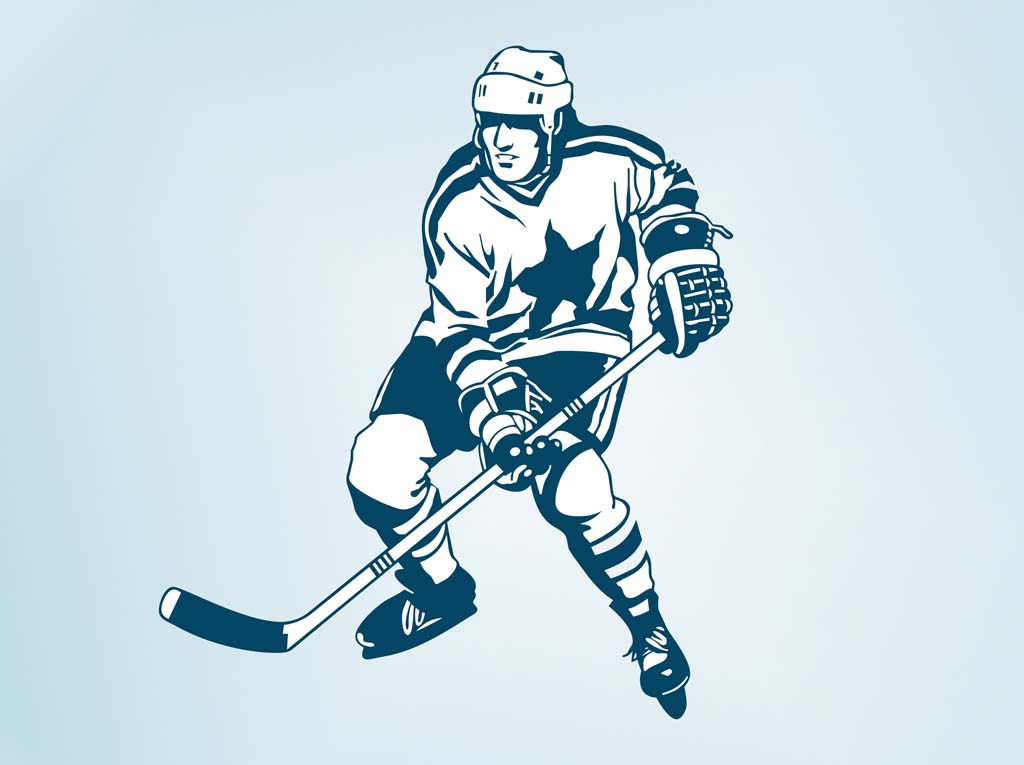
You are building your house now…what you put into your body now will affect you negatively or positively down the road. I tell my players think of your body as a house’s foundation.

Epidemiology studies have found that significant visceral fat in youths around organs has led to increased cardiovascular detriments later in life. Rest coupled with calcium and iron rich foods are very important for young athletes because of high growth periods.Ħ. A variety of color on your plate in form of fruits and vegetables is important during meal time.ĥ. Stay away from processed foods…food preservatives such as hydrogenated oil, BHT and other preservatives used to increase shelf life.Ĥ. The more ingredients a food has the more I suggest you stay away from it!ģ.

Learn to read labels on your packaged and canned foods. Be smart about what you use to hydrate.Ģ. Hydration is a crucial part of an athlete’s life. Stay away from soda, fruit juices and sport drinks that contain high levels of sugar. Also, has an excellent video presentation regarding nutrition and young athletes.ġ. was implemented recently by the government and is a great resource for parents and players. There are so many good resources out there, here are a couple of my favorite. Fresh produce, vegetables coupled with a nutritious carbohydrate and portion of lean meat should be a staple in every serious athlete’s regiment. Nothing can supplement a nutritionally sound meal. Yes, supplementation and the science behind many of these supplements can help, but with factory cross contamination and other factors we must be careful what we put in our bodies. Personally, I believe that players should be preparing for competition by eating and drinking the proper foods. Dehydration can obviously be a major concern, thus fluid intake during these strenuous periods should be monitored closely by adults. Nutritional requirements even in the short term is paramount. Most young players frequently compete in 2 games a day and sometimes 5 games in a single weekend. In easier understood language your legs begin to burn….you need more oxygen…you fatigue…it’s time to change!!Ī single hockey game or hard practice can deplete up to 50% or more of his or her total 24hr energy output. The result of lactic acid build up in your legs is the direct result and bi-product of this chemical reaction between ATP and ADP. After the ADP is used it converts back to ATP where more glycogen is needed. As your body breaks down the ATP it turns into ADP (adenosine diphosphate) this crucial reaction helps your body in those short bursts needed during your shift. ATP is made by the foods you eat and is the direct result of your body breaking down glycogen. Throughout your shift these are lost in nutritionally significant amounts.Īs a result of heart rate increase and glucose release your body starts to break down ATP (adenosine triphosphate) which is made and stored by your body. Salt, potassium and magnesium are immediately lost. You begin to perspire and you lose fluids known as sweat. Your heart rate then rises, the left ventricle one of four chambers in heart pumps oxygenated blood into the body. Cortisol is also released by the adrenal gland, this process also helps metabolize carbohydrates into glucose for energy. Within 3 seconds of your shift epinephrine (responsible for fight or flight response) is released in your brain and triggers glucose breakdown in the liver which is sent to your muscles. As you maneuver around the ice during a hard shift…have you ever wondered what is going on inside your body?


 0 kommentar(er)
0 kommentar(er)
